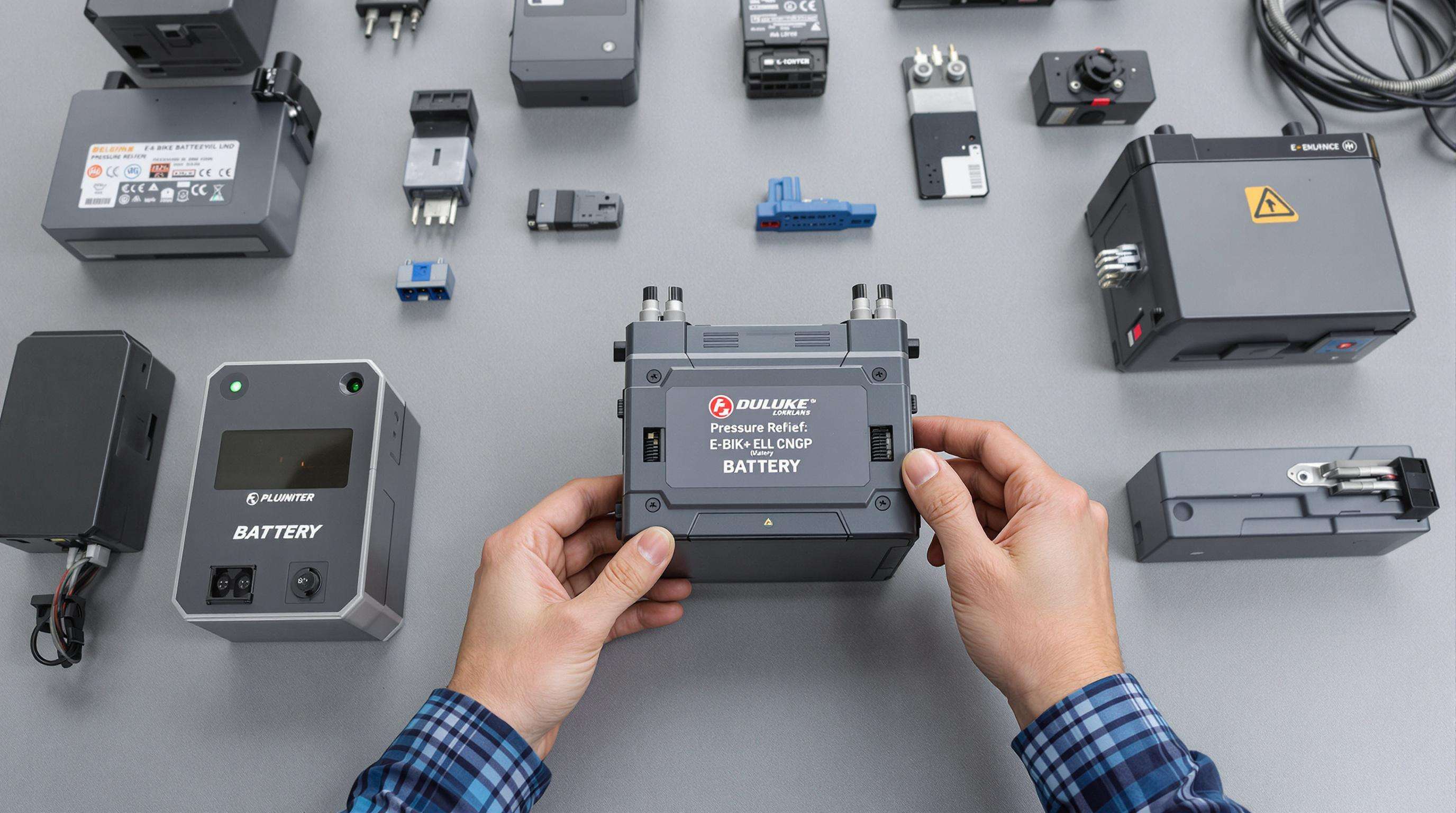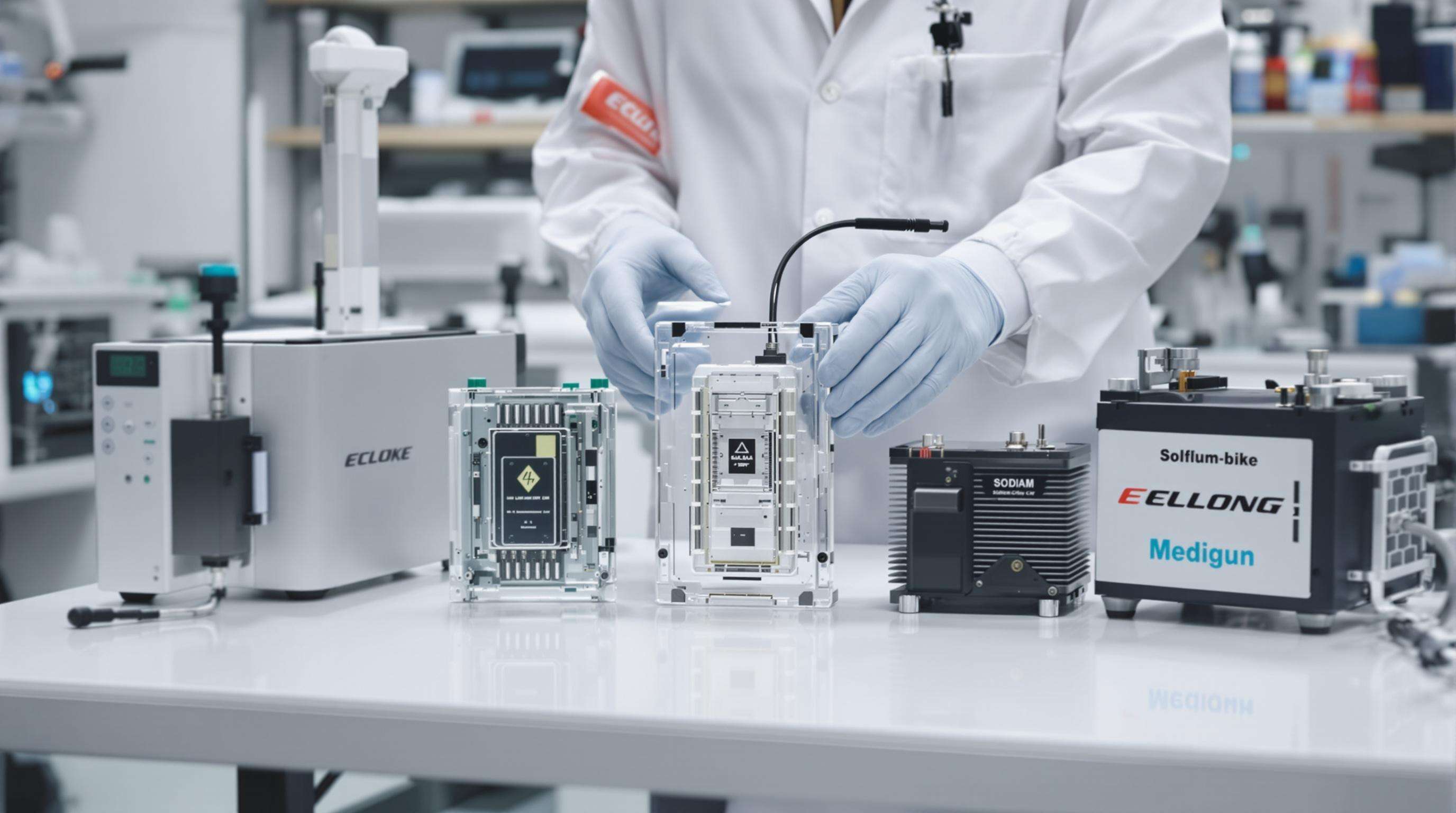The fast charging tech out there today basically solves what used to be a major problem stopping people from getting e-bikes charging time taking forever. Lithium ion batteries these days can hit around 80% charge within just 45 minutes according to ChamRider research from 2023. That means someone heading into work can pop their bike on the charger at home before leaving and have enough juice for most of the day. We're starting to see these little micro mobility spots popping up all over cities where folks stop by to top off their bikes while doing grocery shopping or grabbing coffee. Delivery drivers especially love this stuff because they get about 20 to 30 percent more mileage out of each charge. Makes sense why more city dwellers are ditching their cars for these electric options when traffic gets crazy bad.
Three primary forces are accelerating demand for rapid charging:
How fast an e-bike charges really changes the way people ride them day to day. Riders with fast charging options tend to go on about 25% more trips each week compared to those stuck with slower chargers, and they're much more likely to grab their bike instead of taking public transport when something spontaneous comes up. According to recent research published last year, around two thirds of regular commuters are stopping by work or coffee shops during lunch breaks just to give their batteries a quick boost. This means they can enjoy leisure rides in the evenings without worrying about running out of power halfway through. We've seen this pattern play out across several big European cities where average daily distances covered have jumped from roughly 8 kilometers to nearly 13 kilometers since these faster charging options became available.

We're seeing some real progress in how bike batteries are being designed these days. Manufacturers are moving towards more modular systems that work across different platforms. Most companies are now adopting the 21700 lithium-ion cylinder format as their standard. These newer cells pack around 20 to 30 percent more energy than the old 18650 models they replaced, yet still fit into existing systems from before the switch. When it comes to safety improvements, makers have started adding pressure relief vents along with built-in temperature monitoring sensors. This isn't just good practice either - it lines up with what's coming down the pipe for the draft ISO 4210-10 regulations. By 2025, batteries will need to last through at least 2,000 full charge cycles while keeping 80% of their original capacity intact according to these upcoming rules.
Certifications from third parties, like the latest version of UL 2272 standard released in 2024, act as important markers for both compatibility and safety in battery systems. What does this mean practically? Well, the standard requires batteries to go through rigorous stress tests. They must handle vibrations across frequencies from 5 to 2000 Hz and survive extreme temperature shifts between minus 20 degrees Celsius and plus 60 degrees Celsius. During fast charging scenarios, these batteries need to stay within just 0.1% voltage variation at most. Looking at recent safety data from 2023, about one third of all e-bike fires were actually caused by problems with connectors sparking, which is exactly what these new testing requirements aim to prevent.
The market remains fragmented:
| Connector Type | Market Share | Max Current |
|---|---|---|
| Proprietary | 58% | 8—12A |
| Combined AC/DC | 22% | 6—8A |
| USB-C PD | 15% | 5A |
This diversity complicates public charging infrastructure, requiring cities to deploy 3—5 adapter types to support 95% of local e-bikes.
The EU’s 2024 Battery Interoperability Directive mandates Type-3 connectors for all new e-bikes by 2027, featuring auto-locking mechanisms and 150—1,000V DC compatibility. Early pilots in Barcelona show a 40% reduction in charging station maintenance costs due to standardized voltage regulation (56V ±1% tolerance), demonstrating the economic benefits of universal systems.

Modern lithium-ion batteries achieve 80% charge in under 20 minutes thanks to silicon-dominant anodes and nickel-rich cathodes. These innovations deliver 15—20% faster charging than traditional graphite-based designs (Energy Storage Journal 2024). Enhanced thermal management systems maintain stability during high-speed charging, improving safety and performance for urban commuters.
The new solid state batteries swap out those dangerous liquid electrolytes for safer ceramics or polymers instead. According to testing done at the Battery Safety Institute back in 2023, this change cuts down on fire risks by around 83%. When it comes to energy storage, these batteries pack quite a punch too. They can store over 500 Wh per kg, which is actually double what we see in regular lithium ion batteries today. That means manufacturers can build much smaller battery packs while still getting great performance. Plus, charging takes only 12 to 15 minutes now compared to hours before. Early prototypes have shown they last through more than 1,000 charge cycles with minimal degradation, losing less than 5% of their capacity over time. This kind of longevity really helps put to rest worries about how long these batteries will actually work in real world applications.
Switching from lithium to plentiful sodium cuts battery costs around 40% per kilowatt hour without sacrificing much on charging speed compared to average lithium options. The energy density sits somewhere between 100 and 150 Wh per kg, which isn't great but recent work on iron-manganese cathodes might get us closer to those 30 minute full charge times mentioned in Renewable Power Quarterly last year. What really stands out though is how safe these batteries are since they don't contain toxic materials. Cities looking to expand their electric bike sharing networks could benefit a lot from this technology because it fits well with recycling initiatives and reduces environmental impact over time.
eMTB batteries typically run anywhere from 36 volts to around 52 volts these days, so the charger needs to supply just the right amount of current somewhere between 6 amps and 15 amps while staying within safe temperature ranges. Most top brands have started incorporating smart technology that lets them recognize different voltages automatically and tweak their output accordingly when connected to various battery packs. This makes sure everything works properly even with those newer 21700 cells that many riders are switching to lately. According to some recent research published last year, using the wrong charger can actually cut down the lifespan of lithium ion batteries by as much as 22 percent over time. That really highlights why getting a good quality charger matters for anyone who wants their electric mountain bike to last through plenty of adventures.
Battery modules bring their own set of challenges mainly because they come with different numbers of cells ranging from 4 up to 14 per module, plus there's the mix between NMC and LFP chemistries involved. When it comes to fast charging systems exceeding 1000Wh capacity, thermal management becomes really important stuff. If heat isn't distributed evenly across these modules during charging cycles, we see faster degradation of battery capacity over time. The latest version of UL 2272 safety standards has changed things quite a bit for charger manufacturers. Now they need to build in error detection capabilities for series versus parallel connections within modular configurations. This new requirement actually bumps up the processing workload on microcontrollers by around 30 percent according to recent testing data. How are companies responding? Many are turning towards liquid cooling solutions for their charging interfaces while implementing two way communication systems that constantly talk back and forth with the battery management system or BMS as it's commonly called in the field.
Modern bicycle batteries now provide around 80 to 120 kilometers of range after just one full charge. They can go from 20% battery to 80% in about 2 to 4 hours, which represents roughly a 60% boost compared to what was available back in 2020. City delivery companies have noticed their vehicles are being used about 35% more each day because drivers spend less time waiting for batteries to charge. This happens thanks to those quick charging stations that drivers can access while taking their regular breaks between deliveries. The latest lithium ion cells combined with better heat control systems keep working well even when temperatures get really hot or cold. This matters a lot for people riding mountain e-bikes or hauling heavy loads in all sorts of weather conditions throughout different seasons.
People are moving away from waiting all night to charge their bikes and instead grabbing quick top-ups under 30 minutes. Now folks can plug in during their lunch break or while working out at the gym. Rental companies have caught on too, setting up fast charging spots so they can keep turning over bikes for customers one after another without long waits. The convenience factor has really taken off, with weekday e-bike riding jumping by 28% according to those recent 2023 mobility reports. Healthcare professionals and students seem particularly drawn to this option since every minute counts for them in their busy schedules.
Three core strategies extend battery life without sacrificing speed:
These approaches extend typical lithium battery lifespans to 1,200+ cycles with 85% capacity retention, significantly reducing replacement costs for high-mileage applications like food delivery and shared mobility systems.
Modern e-bike batteries provide about 80 to 120 kilometers of range following one full charge.
Modern lithium-ion batteries achieve around 80% charge in under 20 minutes with current technologies.
The market is fragmented with multiple connector types, requiring cities to support various adapter types for comprehensive infrastructure.
Sodium-ion batteries offer cost reductions, environmental benefits, and safety improvements, though at slightly lower energy density compared to lithium-ion.
 Hot News
Hot News
© Copyright 2024 Shenzhen New Image technology Co., Ltd All Rights Reserved Privacy policy